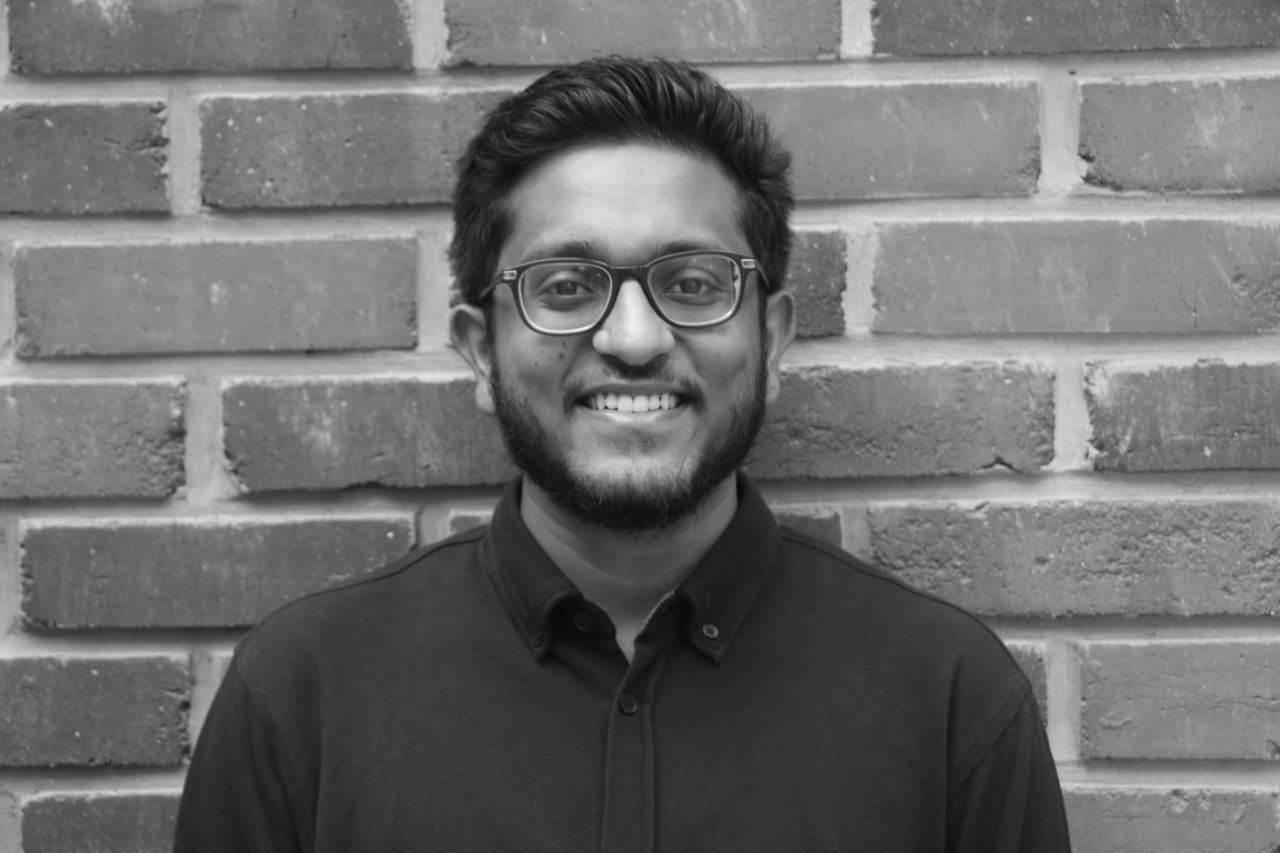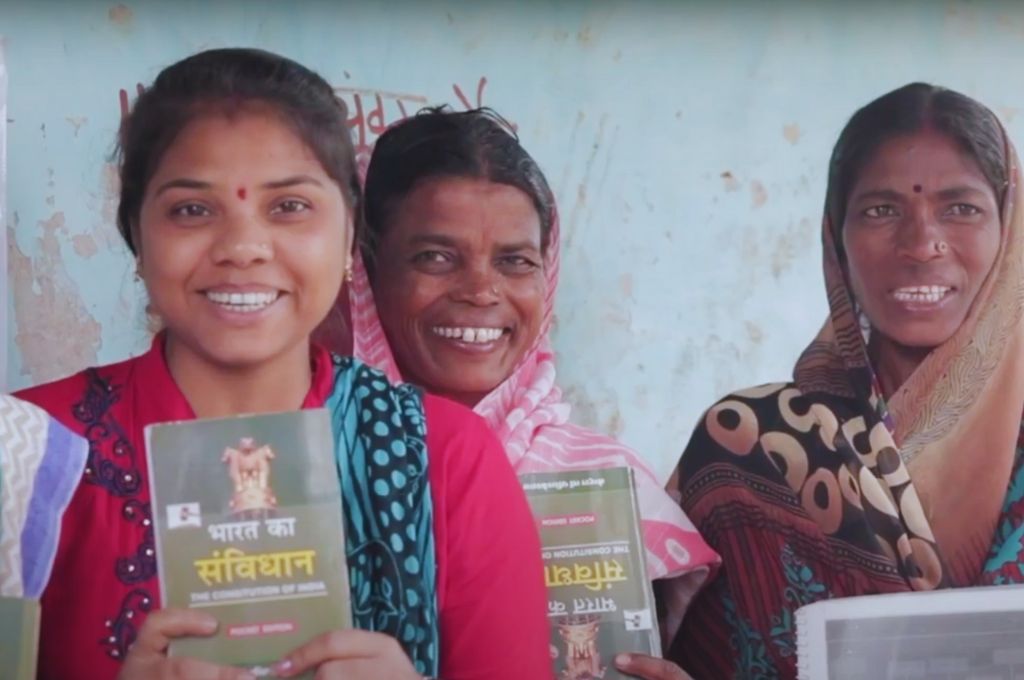Dr Vandana Shiva is a physicist, environmental activist, and food sovereignty and anti-globalisation advocate. She founded the Research Foundation for Science, Technology and Ecology, and Navdanya, an organisation which promotes biodiversity conservation, organic farming, and the rights of farmers. She has authored more than 20 books, on topics ranging from the ill-effects of the Green Revolution, to the idea of Ecofeminism.
Here, she shares wisdom from her long journey in biodiversity conservation.
The Chipko movement, which began in 1972, was a non-violent response by women against large-scale deforestation in the Himalayan region. The women clung to trees to protect them from getting cut. Dr Shiva started her ecological movement by working with these women.
The Chipko movement was not funded. It was self-organised, and it showed how one has to use the resources one has, rather than external inputs, to build a successful movement.
Dr Shiva was trained as a scientist in quantum physics, and its foundational principles have guided her in her work as an environmental activist. Some of those principles are: potential (the value of something is not fixed, but it expresses itself in a context) and non-separation (different elements in an environment are not separate, but interact with each other).
When she later joined the Chipko movement, Dr Shiva realised that the women of the movement understood these principles and adopted them in their work.
In this age of environmental degradation, the future is uncertain, and we fear it because we have been made to cling to certainty. But in reality, uncertainty is where the potential for change lies. It is what gives us options for a better future.
The word development has been co-opted by economists to justify destroying forests and uprooting people from their land. But that is not true development. Built-in, transformation from within is the real meaning of development.
The development model today is one of limitless growth; it does not know when to stop growing. This in turn is destroying the limits of democracy, i.e., the Constitution.
The forces that are intent on destroying our biodiversity are rich and powerful. So, what does it take to challenge them? It takes fearlessness, which comes from being guided and aligned by one’s conscience.
When faced with challenge and hopelessness, Dr Shiva turned to Gandhi and his principles. And from him she learned that to make a change, one has to do, and not just talk.
Tanisha Kamat contributed to this article.
—
Know more
- Read IDR’s interview with Dr Vandana Shiva.




